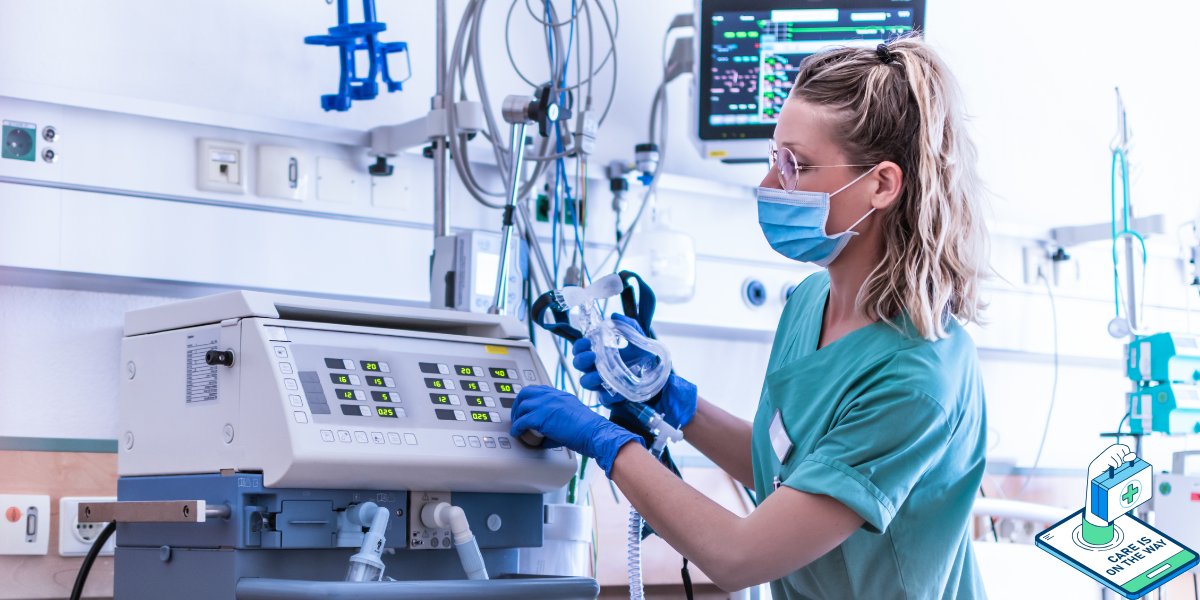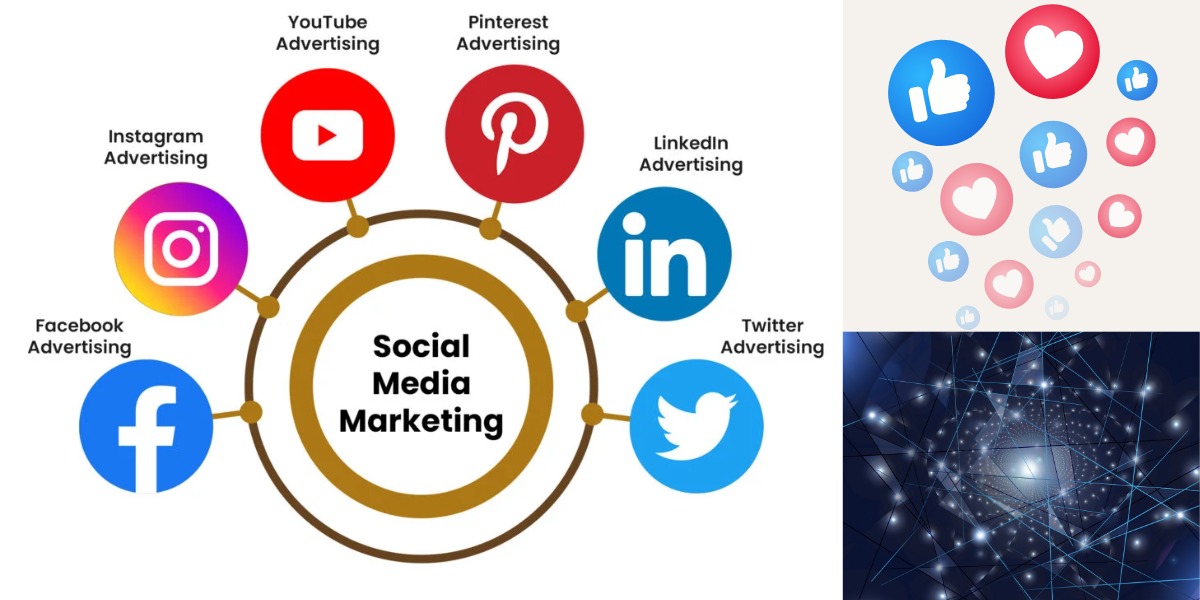The healthcare industry is rapidly evolving, and the Top 5 Emerging Technologies in Healthcare are leading the transformation across diagnostics, treatment, and operational systems. From artificial intelligence to digital therapeutics, these innovations are significantly improving patient outcomes and reshaping medical workflows.
1. Artificial Intelligence and Machine Learning in Healthcare
Artificial Intelligence in Healthcare is fundamentally altering the landscape of diagnostics, patient monitoring, and administrative efficiency. Machine learning models are now capable of analyzing radiological images and pathology slides with remarkable accuracy, enabling earlier and more precise disease detection, especially in oncology.
In addition, AI technologies in healthcare are being used for predictive analytics to foresee patient deterioration or hospital readmission risks. Many hospitals integrate these systems to proactively manage patient care. On the administrative front, AI-powered chatbots streamline processes like appointment booking and insurance verification.
Platforms such as IBM Watson Health and Google Health are leveraging AI to process vast datasets for clinical support. Mobile apps like SkinVision demonstrate how AI can assess skin cancer risks from simple photographs. These examples underscore how artificial intelligence is becoming a crucial tool in modern medicine.
Looking ahead, the role of artificial intelligence in healthcare will expand further into personalized treatments using genomic data. However, ethical concerns, such as bias in algorithms and privacy of medical data, remain central to this technological evolution.
2. Telemedicine and Remote Patient Monitoring Technologies
Telemedicine in Healthcare became essential during the COVID-19 pandemic and continues to revolutionize how healthcare is accessed. Through video calls, phone consultations, and secure online platforms, patients can receive care without visiting hospitals or clinics, improving convenience and accessibility.
Remote patient monitoring is now integrated with wearable technologies like Fitbit and Apple Watch. These devices track heart rate, oxygen levels, and sleep patterns while transmitting real-time data to clinicians. This ensures timely interventions, especially for chronic illnesses like diabetes or hypertension.
The benefits of telemedicine and remote monitoring technologies in healthcare include reduced travel costs, fewer emergency room visits, and improved continuity of care for vulnerable populations. As 5G networks and edge computing become widespread, the quality and speed of real-time health data transmission will further improve, enhancing remote diagnostics and therapies.
Thus, telemedicine and remote patient monitoring in healthcare are not just temporary solutions but foundational components of a digital healthcare ecosystem that prioritizes patient-centered, accessible care.
3. Personalized Medicine and Genomic Profiling in Healthcare
Personalized Medicine in Healthcare is replacing the traditional one-size-fits-all approach by tailoring treatments based on a patient’s genetic profile. Genomic sequencing identifies mutations and biomarkers that guide targeted therapies, especially in oncology and rare genetic disorders.
Through pharmacogenomics, genomic profiling technologies in healthcare ensure medications prescribed align with individual genetic responses, minimizing side effects and improving efficacy. This strategy is particularly impactful in cancer treatment, where drugs are selected to counteract specific mutations like BRCA1 and BRCA2.
Despite its promise, personalized medicine in healthcare faces challenges such as high costs, limited access to sequencing tools, and ethical concerns over genetic data ownership. As more consumer-friendly DNA testing kits become available, integration with electronic health records could drive more widespread adoption of personalized therapies.
In the future, genomic profiling in healthcare could enable preventative treatments tailored to a person’s genetic predispositions, further moving medicine toward a proactive, precision-based model.
4. Robotics and Automation in Healthcare Settings
Robotics and Automation in Healthcare are transforming everything from surgical procedures to hospital logistics. Robotic surgical systems like the Da Vinci Surgical System allow surgeons to perform complex operations with enhanced precision and minimal invasiveness, resulting in faster patient recovery.
Within hospital environments, robotics technologies in healthcare automate routine tasks such as delivering medications, sterilizing rooms, and dispensing drugs. These applications reduce human error, improve efficiency, and free medical staff to focus on critical patient care duties.
The integration of healthcare automation technologies has also led to the rise of carebots that assist elderly or disabled patients with daily activities such as feeding or mobility. Exoskeleton technologies are even helping individuals with paralysis regain movement by supporting their posture and motion.
Innovations are underway in developing nanobots for internal diagnostics and drug delivery, as well as AI-driven autonomous surgical robots. These advancements illustrate how robotics and automation in healthcare are pushing boundaries and changing how care is delivered.
5. Digital Therapeutics and Health Apps in Healthcare
Digital Therapeutics in Healthcare represent a significant shift in how treatment and therapy are accessed and administered. Unlike general wellness apps, digital therapeutics are evidence-based software tools designed to treat or manage medical conditions, often regulated and approved by authorities like the FDA.
Mental health treatment through digital therapeutic applications in healthcare has gained popularity with tools like Headspace and Woebot, offering cognitive behavioral therapy techniques and emotional support via smartphone interfaces. Similarly, apps like BlueStar manage chronic conditions like diabetes by tracking glucose levels and syncing with electronic medical records.
Substance abuse recovery programs now include digital platforms that offer real-time counseling and behavioral tracking, demonstrating how health apps in healthcare complement traditional therapy methods. These tools also promote greater patient adherence and engagement.
However, concerns around privacy, security, and reduced human interaction remain relevant. Regulatory measures are being strengthened to ensure that digital therapeutics in healthcare meet safety standards while maintaining data protection and ethical care delivery.
Conclusion:
Ultimately, the Top 5 Emerging Technologies in Healthcare—artificial intelligence, telemedicine, personalized medicine, robotics, and digital therapeutics—are not here to replace human caregivers but to amplify their impact. As these tools continue to mature, they offer immense opportunities to build a future where healthcare is personalized, accessible, and efficient.




One thought on “Top 5 Emerging Technologies in Healthcare”